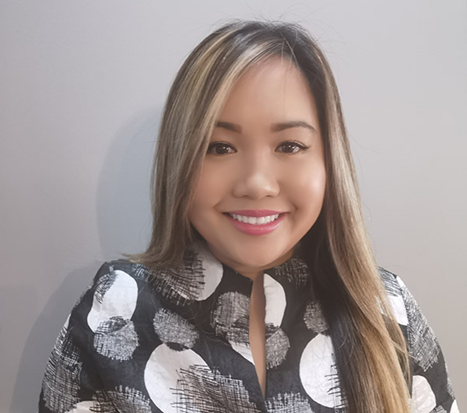Caring for our most vulnerable during the pandemic

COVID-19 has had a disproportionate impact to long-term care (LTC) and retirement facilities. There have been devastating consequences amongst residents and staff and the stories are heart breaking.
North York General Hospital (NYGH) owns and operates Seniors’ Health Centre (SHC). Early in our response to COVID-19, NYGH took proactive measures to keep the virus at bay and minimize the potential impact at our 192-bed long-term care home. The team at SHC was out in front of COVID-19, and thus far, our residents have been spared any COVID-19 outbreaks thanks to the early decisions around screening, masking and critical changes to the visitor policy.
Staying vigilant while managing the emotional toll is challenging for all. Christine Ramdeyol, Director of Care at SHC and her team bring joy, compassion and comfort to residents. She speaks about her experiences during the pandemic:
Q: There have been so many changes to the “normal lives” of staff and residents alike. How have they responded?
A: For the SHC team, the “new normal” involves staff being let in through locked doors and upon entry, we are screened with a series of questions requiring both verbal and “tap” verification. Then, the screeners perform the first of two required temperature checks and we don PPE, which we wear throughout our shifts.
For our residents, the “new normal” means no longer being visited in person by loved ones. It also means receiving two daily temperature checks. Residents now experience staff wearing masks at all times, so they cannot see their lips moving when they speak or see them smile. The “new normal” means sitting two to a table, two metres apart in the dining room and occupancy-controlled lounge areas.
To adjust to the new normal, we have introduced iPads generously donated by the foundation to facilitate virtual visits and combat social isolation. We have also increased one-on-one visits and daily updates to our families about the status of their loved ones.
SHC team members now smile with their eyes, demonstrate compassion and grace through their body language, and convey kindness and understanding in their words.
Q: SHC was early out of the gate in restricting visitors and implementing strict infection prevention and control procedures. How did that help prepare you?
A: Restricting visitors and private duty nurses was a logical approach. We carefully thought about how this would affect our residents and families, and had team members personally call each family to address their concerns. Universal masking in SHC was also implemented well before it became a long-term care directive.
In order to be prepared for the possibility of a COVID-19 outbreak, I knew that any and all early interventions would benefit who it mattered to most: our residents. At this time, we have not experienced any cases of infection in SHC. Being a part of the North York General Hospital community allowed us to have the equipment we needed to do our jobs safely, and for that our team is forever grateful.
Q: Even in challenging times, there is often a bright spot that keeps us going. What has been your bright spot?
A: I am fortunate to have several bright spots in my life that I cherish and can turn to during challenging times. My husband, who is a pharmacist on the front line, and my twin daughters shine the brightest.
My SHC bright spot has been the outpouring of support and gratitude we’ve received from our families and community partners. Everyone has been so generous. After a series of particularly challenging days, I remember walking into the home and noticing a hand-made sign displayed so that staff would see it upon entering. To express our gratitude, I immediately called the family member who displayed the sign. They replied with “the SHC team deserves more. Keep fighting the good fight.”
Q: What story will you tell future care providers about what you learned about managing through COVID-19?
A: We assessed the situation and made the collective decision to act above and beyond what was required of long-term care homes at the time. This involved implementing extraordinary measures, including restricting visitation, creating contingency staffing, restricting work at multiple locations, in-depth screening of staff and residents, and working with families on advanced care planning.
I’d like to remind future care providers of how vital their role is each day, especially when they are called to act. During this pandemic, I have learned the importance of rallying your team and having a shared vision for the home.
Q: If you were to send one message to family members and the community at large about SHC, what would it be?
A: Although you cannot be with them in person at this time, your love is still felt and understood. We need you to know that we want you here, too, and we understand how you are feeling. We’ve grieved with your loved ones over the loss of your physical presence, but we’ve also lifted your loved ones back up. Although we provide care and comfort when you cannot, our presence will never overshadow yours. We have laughed, cried and experienced every emotion with your loved ones so they do not feel alone. We are grateful to you for entrusting us with their care, and we will do everything within our power to keep them safe.
** This interview with Christine Ramdeyol originally appeared in the North York General Foundation Message from the President.
